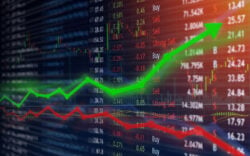Latest News
The weakest link in the renewables rollout threatens to sink net zero
18 April 2024
Why nuclear power can’t save us from renewables
17 April 2024
4 more ways to potentially profit from the failure of renewable energy
16 April 2024


